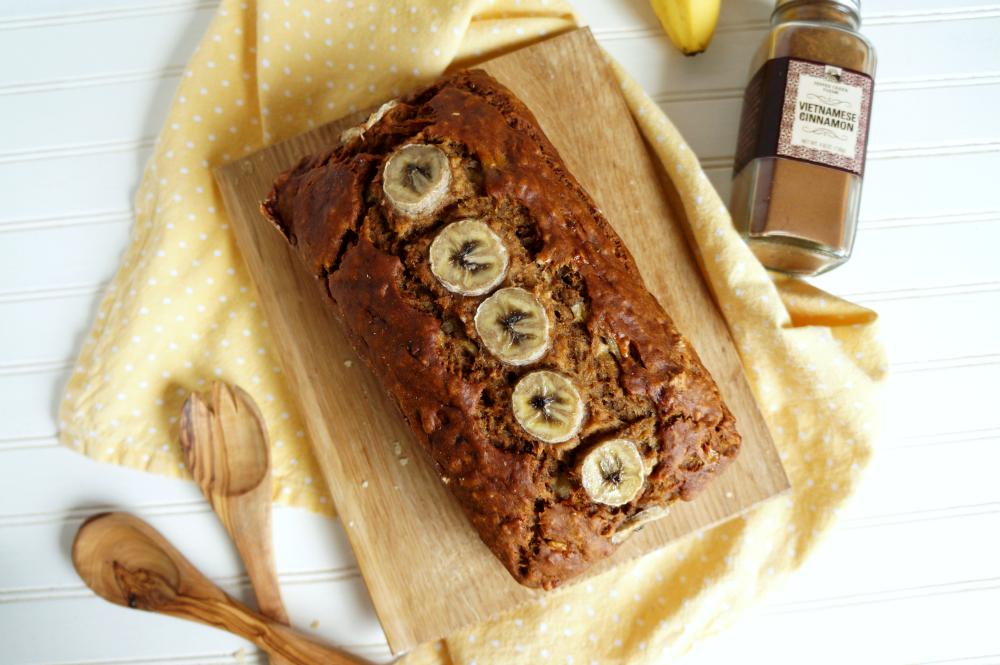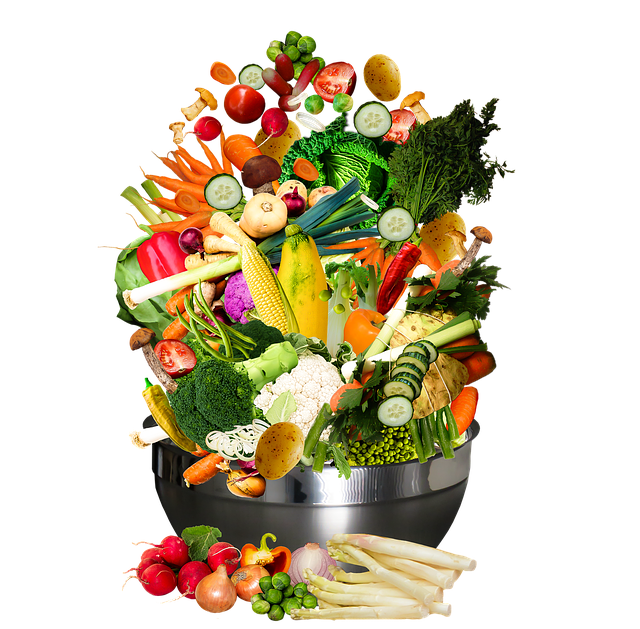
MyPlate's food groups will help you, no matter if you're just starting to eat healthier or if your looking for ways to improve your eating habits. This guide will provide information about what foods to eat, their nutrition, and how much. The ChooseMyPlate website offers additional information on how each group of foods contributes towards a healthy lifestyle. This website contains detailed information about nutrition and provides tools that can help you monitor your eating habits.
Grains are foods made from whole grains, such as brown rice, brown bread, and oatmeal. These foods are rich in complex carbohydrates and fiber. They also contain B vitamins, which help the body produce energy and maintain nerve and blood cells. They also provide vitamin B vitamins, which are important for the skin.
The MyPlate's green portion represents the fruits and vegetable group. Fruits can be frozen, canned, dried, or preserved. They are rich in fiber, as well as other essential nutrients. They are also a good source of vitamins A and C. These vitamins help the body grow new cells, heal wounds, and help the body use iron. These nutrients are also important for healthy eyes and skin.

The purple part of the MyPlate design shows the Protein Group. It can be from both animal or plant sources. Protein should comprise at least one third your plate. These foods can be cooked or eaten raw. Each week, you should consume at least eight ounces seafood.
Dairy Group is a source of calcium-rich food to strengthen and grow bones. The Dairy Group also includes all types of milk. These foods should be low in fat or free of fat. You will need to do some research to find out which foods contain the calcium you need to keep your bones strong.
The Nutrition Facts panel will help you select foods that are lower in fat. Many foods are high in added sugars. It's a good idea to try to cut back on sugar gradually. You can also replace sugary soft drinks with sugar-free alternatives. You can use the ChooseMyPlate website to learn about the common foods in each of the food groups. It can help you choose low-sodium options of food.
The MyPlate design suggests that you eat half vegetables and fruits. Plant-based foods should make up two-thirds your plate. Your age, gender, and level of physical activity will determine how much you should eat. Be careful with your sodium intake. High blood pressure can increase the risk of stroke and heart disease. You should limit your sodium intake to less than 2,300 milligrams a day. Choose foods low in saturated and/or trans fats.

It is important to ensure that at least two thirds of your plate contains whole grains. These foods are naturally low-fat.
FAQ
How does an anti-biotic work?
Antibiotics kill harmful bacteria. Antibiotics are used to treat bacterial infections. There are many types of antibiotics. Some can be taken orally, others are injected and some are applied topically.
For people who have been exposed, antibiotics are often prescribed. If someone has chicken pox, they might need to take an oral antibiotic in order to prevent shingles. An injection of penicillin may be necessary to prevent pneumonia if someone has strep.
When antibiotics are given to children, they should be given by a doctor. Children are at greater risk than adults for developing serious side effects from taking antibiotics.
Diarrhea is the most common side effect from antibiotics. Other possible side effects include stomach cramps, nausea, vomiting, allergic reactions, headaches, dizziness, and rashes. These side effects usually disappear once treatment has ended.
What weight should I be based on my age and height. BMI calculator and chart
Use a BMI calculator to determine how much weight is needed to lose. A healthy BMI range lies between 18.5 and 24,000. Aim to lose 10 pounds per month if your goal is to lose weight. Simply enter your height, weight and desired BMI into the BMI calculator to calculate it.
Check out this BMI chart to determine if you are overweight or obese.
Do I need to count calories
You may be wondering "what is the best diet for you?" or "is counting calories necessary?" It depends on several factors such as your current health, personal goals, preferences, and overall lifestyle.
The Best Diet For Me: Which One Is Right?
The best diet is dependent on my current health status, personal goals, preferences, and overall lifestyle. There are many diets out there, some good and some bad. Some are better for certain people than others. So what do I do? How can I make the right choice?
These are the questions that this article attempts to answer. It starts with a brief introduction of the different types of diets available today. After that, you will learn about the pros and disadvantages of each type. We will then look at how to pick the right one for you.
To begin, let's take a quick look at the different types of diets.
Diet Types
There are three main types: low fat, high proteins, and ketogenic. Let's discuss them briefly below.
Low Fat Diets
A low-fat diet restricts fat intake. This is accomplished by decreasing the intake of saturated fats like butter, cream cheese, and other dairy products. You can replace them with unsaturated oils (olive oil and avocados) If you want to lose weight fast and easily, then a low-fat diet is often recommended. However, constipation, stomach pain, and heartburn can all be caused by this type of diet. A person may also experience vitamin deficiencies if they don't get enough vitamins.
High Protein Diets
High protein diets discourage carbohydrates and encourage the use of proteins. These diets usually have higher amounts of protein than other diets. They are meant to help build muscle mass and burn more calories. However, they might not provide enough nutrition for those who need to eat frequently. They may also be too restrictive and not suitable for everyone.
Ketogenic Diets
These diets are also known under the name keto diets. They are high fat and moderately carbohydrate and protein-rich. Athletes and bodybuilders use them because they allow them more time and harder training without getting tired. You must adhere to all side effects such nausea, headaches, fatigue.
These are five tips to help you lead a healthy lifestyle.
These are 5 ways you can live a healthy and happy life.
Living a healthy lifestyle includes eating right, exercising regularly, getting enough sleep, managing stress, and having fun! You should avoid processed foods, sugar, or unhealthy fats. Exercise is good for your body and muscles. Good sleep habits can help improve memory and concentration. Managing stress reduces anxiety and depression. Fun keeps us vibrant and young.
How do I find out what's best for me?
Your body is your best friend. Your body will tell you how much exercise, nutrition, and sleep you need. Your body will tell you what to do so that you don't go overboard. Pay attention to your body, and ensure that you're taking care of your health.
Increase immunity with herbs or supplements
To boost immunity function, herbs and natural remedies are available. You can use ginger, garlic, echinacea oregano oil and ginkgo loba as common examples to boost immune function.
These herbal remedies should not be used in place of conventional medical treatment. They could cause side effects like nausea, dizziness or stomach cramps, dizziness as well as allergic reactions.
Statistics
- nutrients.[17]X Research sourceWhole grains to try include: 100% whole wheat pasta and bread, brown rice, whole grain oats, farro, millet, quinoa, and barley. (wikihow.com)
- According to the Physical Activity Guidelines for Americans, we should strive for at least 150 minutes of moderate intensity activity each week (54Trusted Source Smoking, harmful use of drugs, and alcohol abuse can all seriously negatively affect your health. (healthline.com)
- WHO recommends consuming less than 5% of total energy intake for additional health benefits. (who.int)
- Extra virgin olive oil may benefit heart health, as people who consume it have a lower risk for dying from heart attacks and strokes according to some evidence (57Trusted Source (healthline.com)
External Links
How To
How To Keep Your Body Healthy
This project had one goal: to provide some tips on how to keep your body healthy. Understanding what you need to do to keep your health in good shape is the first step to maintaining your health. This meant that we had to determine what was best for our bodies. We then looked at different ways in which people try to improve their health and we found out that there were many things that could help us. Finally, we came up some tips that would make us happier and healthier.
We began by looking at different kinds of food. We learned that certain foods are bad for us while others are good. Sugar, for example, is known to be very unhealthy as it can lead to weight gain. But fruits and vegetables, on other hand, are good for us since they contain essential vitamins and minerals.
Next, we discussed exercise. Exercise helps our bodies get stronger and gives them energy. It can also make us feel happier. There are lots of exercises that we can do. Some examples include walking, running, swimming, dancing, playing sports, and lifting weights. Yoga is another way to improve your strength. Yoga is a great workout because it increases flexibility and improves breathing. You should avoid eating junk food and drink lots if you are looking to lose weight.
Finally, we talked about sleep. We need to sleep every night. Insufficient sleep can cause fatigue and stress. This leads to problems such as headaches, back pain, depression, heart disease, diabetes, and obesity. We must get enough sleep if we are to remain healthy.